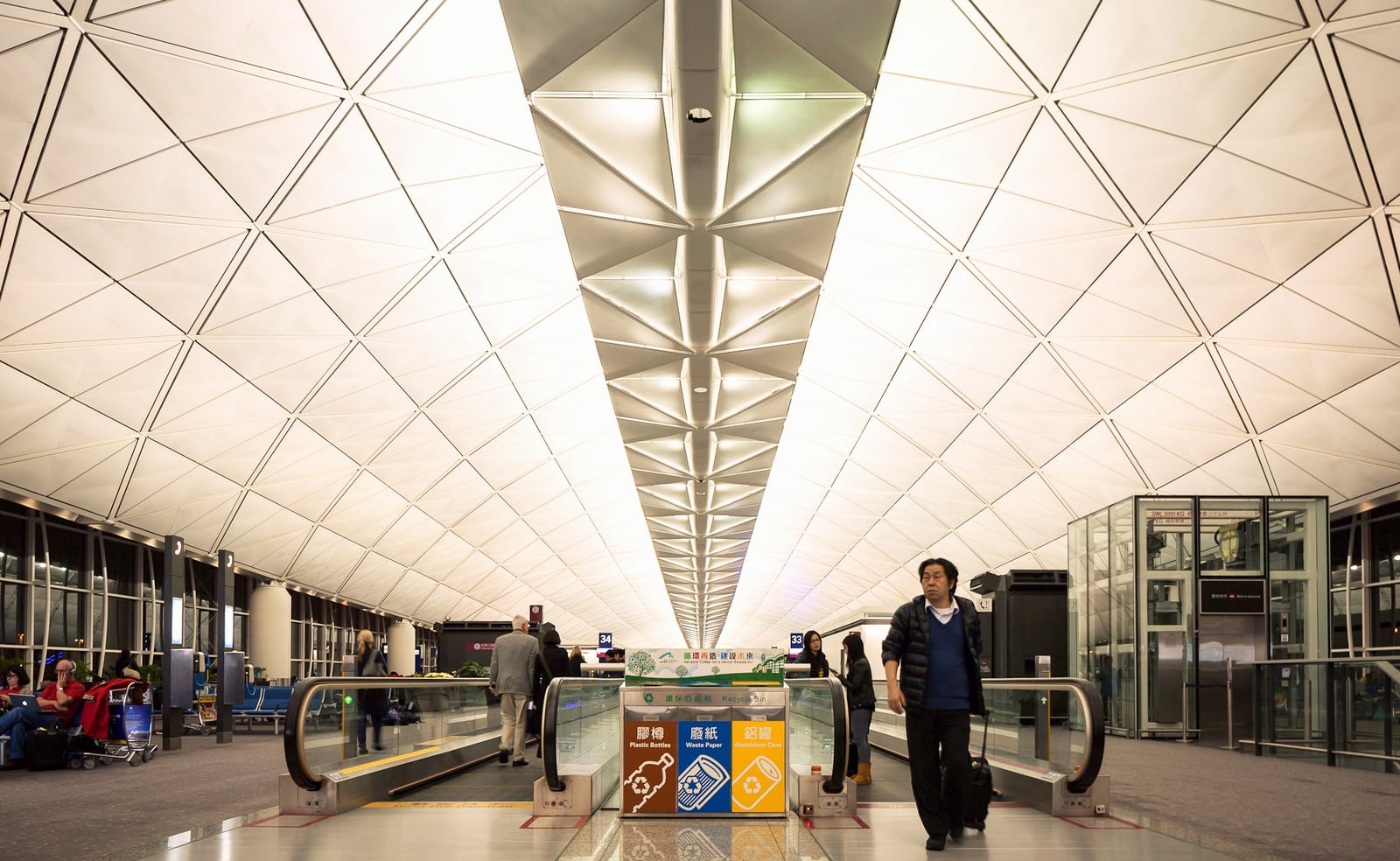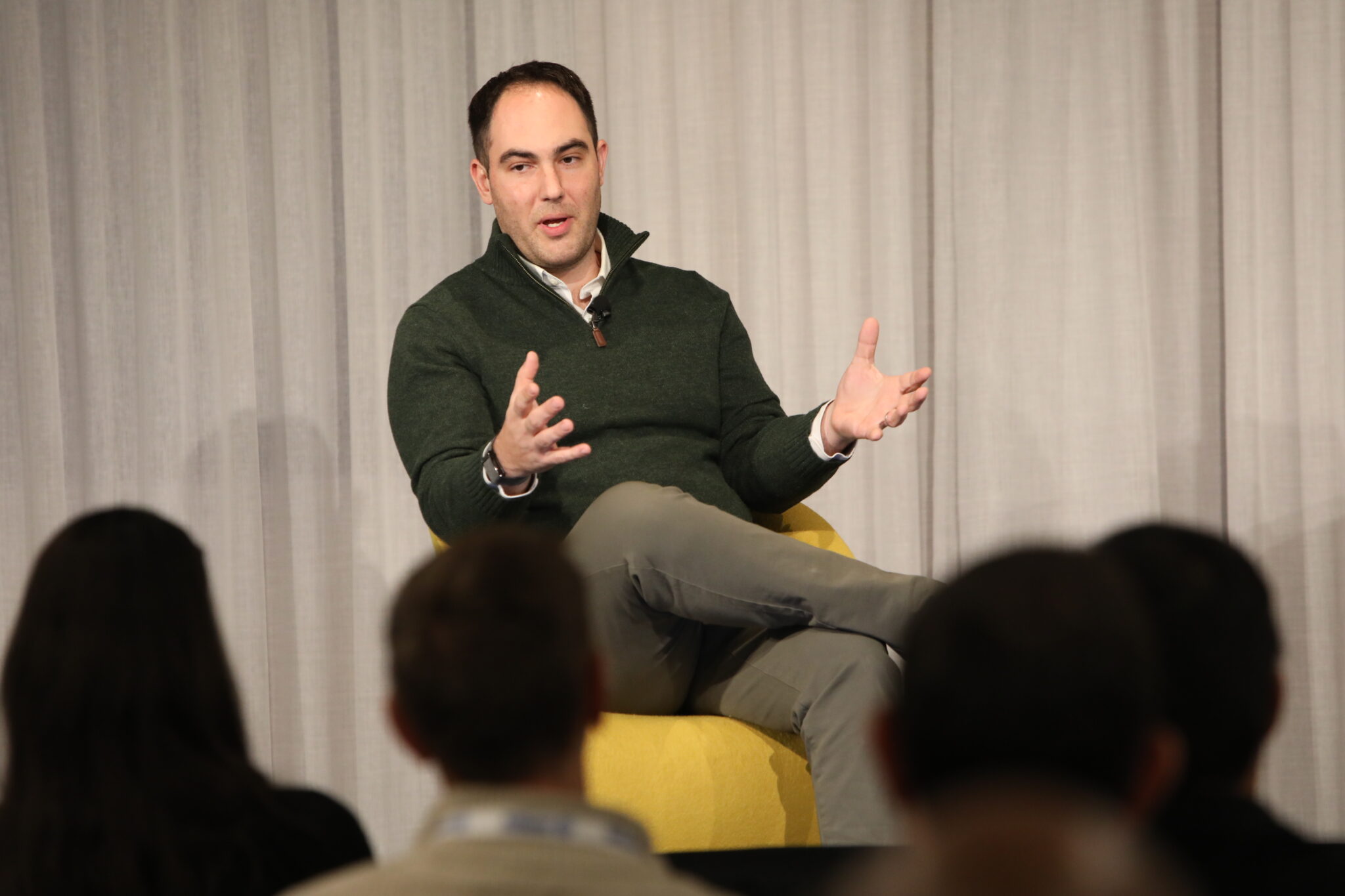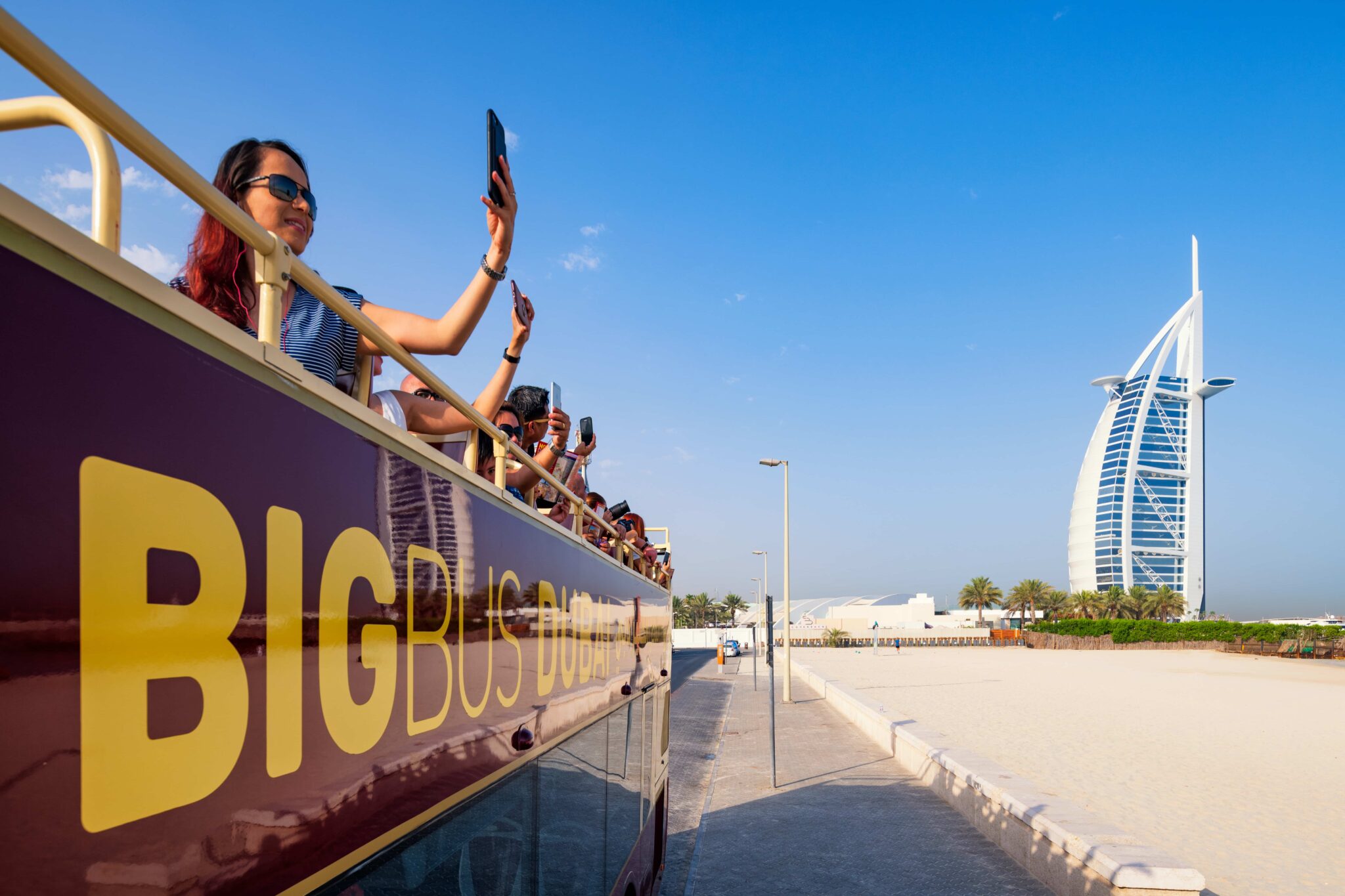What American Airports Can Learn From the Rest of the World

Skift Take
Last week, in Hong Kong, I stopped into Kowloon station, checked a few bags, grabbed my boarding pass and went about my business.
My bags were scanned, put on the Airport Express without me, and made it to my flight without a hitch.
I ran a few errands on the island, unburdened by my stuff, and after a few hours knocking around, I boarded a clean, efficient train and 25 minutes later was on my way through security, a quick customs e-gate, and then the new Cathay Pier Lounge.
In a world where we fetishize the logistics potential of Uber and Postmates and startups claiming to re-invent the world, why was this experience so special for a North American traveler? Sure, people flying out of HKG or Singapore’s Changi wouldn’t bat an eyelash what transpired. But for anyone frustrated with the state of North American airports and infrastructure, this experience is always revelatory no matter how many times I do it.
After Vice President Biden called out LaGuardia for being a third-world experience, it placed a media spotlight on what most regular business travelers already knew: the state of American airports is dire. There’s funding and infrastructure issues, political scar tissue, but also a creeping sense from everyone involved of “it’s somebody else’s problem.” As travelers, we’re not sure just where the buck stops, and it seems to get worse year after year.
So, in a fit of admittedly wishful thinking, here are some suggestions on what American airports can learn from the best practices from around the world:
1. Security:
The obvious place to start with is the most convenient punching bag: the TSA. Even with the advent of TSA Pre-Check which has been great, it is incredibly clear this process is broken beyond repair. It is not enough to have a bunch of blue shirted TSA workers standing around chatting while only one security line is open, they also yell at passengers in a voice better suited for the Marine Corps Parris Island drill instructors. I wouldn’t mind this half as much if TSA were effective at their jobs, which recent objective reports tell us that they aren’t.
Let’s look at the facts and numbers.
A recent CNBC article cited the fact that TSA missed 95 percent of dummy explosives and weapons sent through by government “Red Teams” to check their efficacy. This is simply unacceptable. You missed the “real” threats, but by all means shake down that grandmother for her unsanctioned nail file or man that obnoxious Instagram account.
The metal detectors where you walk in, raise your arms and get bombarded with radiation? They have been shown not to work and were a government procurement boondoggle as well as a ridiculous invasion of privacy.
A tell-all from a TSA screener in Politico talked about how screeners would regularly mock the bodies of innocent travelers, stating, “Just as the long-suffering American public waiting on those security lines suspected, jokes about the passengers ran rampant among my TSA colleagues.”
I’ll spare you the details but it is worth a read if you want to get angry.
Why do we put up with this?
On one end, we need crisp, reliable, and professional security. But there needs to be a balance of using technology and good people to work smarter not harder and not blindly punting the job to a bloated and inefficient government bureaucracy (and the contractors that profit from it).
On the other end of the equation, we certainly don’t want a situation like Israel’s Ben Gurion airport, where I was once treated so badly and so rudely leaving the country that I’m not headed back anytime soon. Turns out treating innocent travelers like guilty before proven innocent does terrible things for a country’s perception and PR.
The standards to emulate: Munich, Zurich, Copenhagen, Vantaa in Finland and Haneda in Tokyo. Quick, crisp and efficient security screenings. Bins that automatically refill via a magical conveyor belt. A place where you can put your clothing back on post security with your dignity intact as well as courteous treatment of the elderly, the disabled, and all ethnicities.
For a domestic standard, look at the lovely Austin Bergstrom airport, where courtesy and efficiency at checkpoints seem to be the rule and not the exception.
2. Immigration
For US-based frequent travelers, Global Entry has been a godsend. You can get through customs in around 30 seconds. However, those who are visiting from other countries or working in the US on certain visas are subjected to a lackluster experience, to put it politely.
This is also a huge reputational issue. Before you actually set foot on our soil to enjoy your vacation or sign a business deal, you’re demeaned in a terrible customs hallway replete with bad A/C (if there’s any), dirty carpets and walls with hand prints on them. Welcome to America.
How do we fix this? Look to Hong Kong’s e-gate program. After a traveler comes in, they can have the option to do a short registration with their frequent flier information, home address, passport and other details. After a quick photo and finger printing, they are free to use the e-gates on the way in and way out, skipping the queues.
Hong Kong gets the award for seamlessness, but plenty of other countries process arrivals in a quick, clean and efficient manner. We need to aspire to something similar, and not the bureaucratic nightmare that welcomes visitors into the US today. And, as an aside, England is suffering from the same internal rot. Witness their customs and arrivals process at 7AM at Heathrow and tell me it is any better.
3. Airport Amenities:
So we’ve gotten past the getting in and getting out friction points. What about the domestic airport experience? This is admittedly getting better with new terminal refurbishments. The new Indianapolis airport is a gem, SFO’s American terminal is bright and fresh with healthy food options.
And for premium travelers, American, Delta and United have embarked on re-designs of their domestic lounges after they’d gone to seed. They’ve been propelled into action by external forces, with American Express launching new Centurion lounges for their premium cardholders which are light years beyond even the best First Class offerings of the big three.
But, in the interest of assessing performance against global standards — the point of this article — they’d be advised to have a look at the new Cathay offerings at Haneda and the new Pier First lounge at HKG, as well as the Middle Eastern offerings: the Etihad lounge in Abu Dhabi, Qatar in Doha and Emirates in Dubai.
The cost of a business class ticket between these domestic carriers and the international carriers isn’t actually that much different. But the standards and effort diverge widely. U.S. carriers should aspire to such standards instead of whining about unfair competition and subsidies. People vote with their wallets.
Other amenities from airports around the world America should aspire to: The post-security airport hotel at Abu Dhabi airport. The children’s play areas at Doha’s Hamad international airport; the pool and movie theatre at Changi airport and ample seating, power plugs and rest areas for all passengers at Mumbai’s new International airport; the airport library at Amsterdam Schiphol; the local food options at Seoul’s Incheon airport, and the friendly information staff at Vancouver airport and Auckland airports.
And to whatever entrepreneur solves layover fitness or yoga in a compelling way, you have my thanks in advance.
4. Transportation:
Finally, the elephant in the room. There’s not sufficient rail options to the airport in major U.S. markets. Sure, you can take the cost effective BART train (replete with dirty carpets) to SFO, or the JFK Skytrain (too many starts/stops) or the Newark Airport train (from disgusting/depressing Penn station) or Chicago’s “L” to O’Hare airport, but this wouldn’t be the first choice of most businesspeople I know. Sure, it is a viable option for budget minded tourists and leisure travelers (and that’s important) but not for people who need to quickly get in and out of a city in an effective manner.
We should aspire to airports like Copenhagen and Zurich, which offers a quick rail link from airport to city and easy connections to other transport, the aforementioned Hong Kong, or the excellent Heathrow Express which offers Heathrow to Paddington service in the time it would take you to get through a long taxi line at the airport.
Colin Nagy (@CJN) is executive director at The Barbarian Group.





